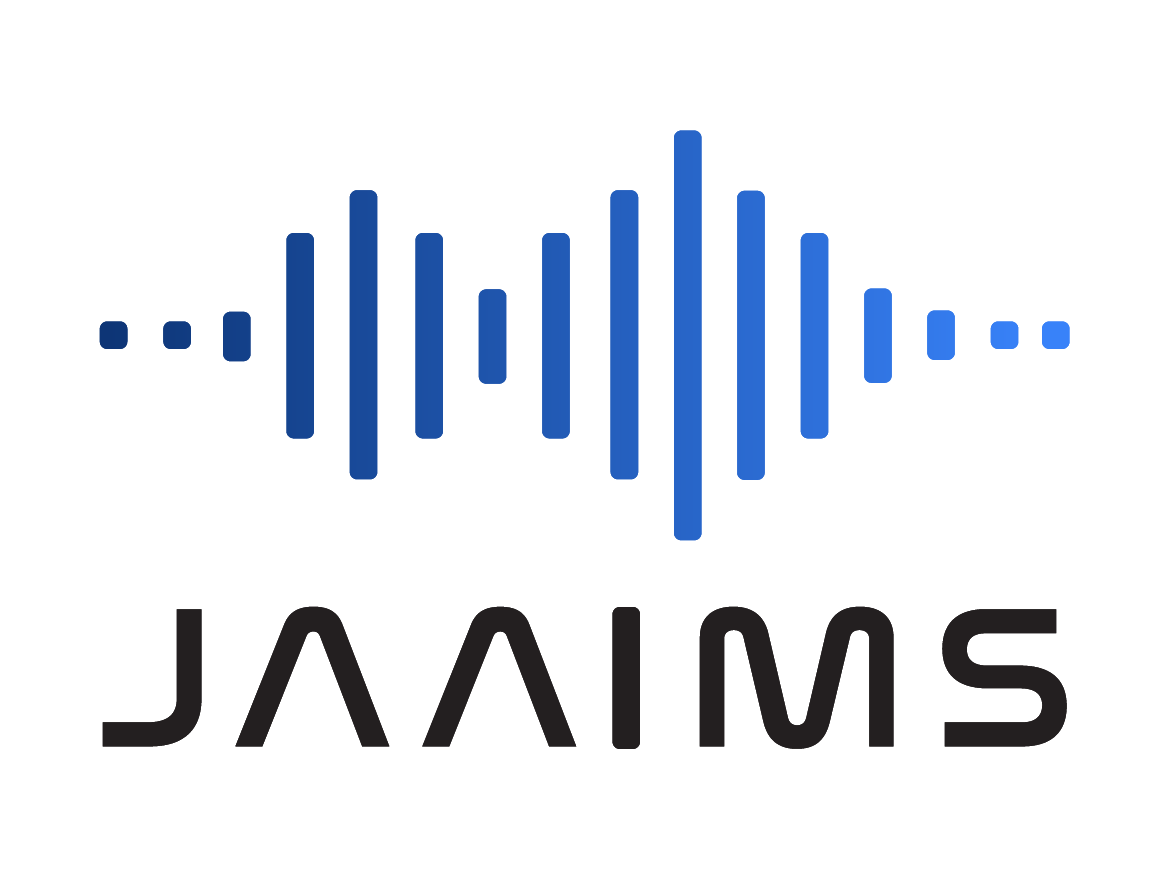Published on 1 September 2022
By Tui Eruera, CEO and Founder of Jaaims
It takes the power of artificial intelligence to cut through the clutter of a US earnings season that is raising as many questions as it answers.
The majority of public companies in the US end their financial year on 31 December, and the last few weeks have been the much-anticipated earnings season, when listed companies report their second quarter results.
This year however, investors could be forgiven for thinking the US earnings season has left us none the wiser than we were 12 months ago.
Overall, results have largely exceeded expectations. Year-on-year (YOY) earnings growth was expected to be in the order of 4%. In fact, the market has powered ahead, with results pointing to second quarter YOY earnings growth of 6.7%.
This has driven the S&P 500 Index 9% higher since the earnings season kicked off in mid-July.
But scratch the surface and questions start to emerge.
Let’s dive deeper by taking a look at three key take-outs emerging from the earnings season so far.
1. Revenue growth may be short-lived
Revenues have grown 13.6%, well ahead of expectations. The catch is that output is weak, and in many cases revenue is being pumped up by price hikes.
This is a trend seen across consumer staples including Clorox and Procter & Gamble, as well as food and beverage companies such as Kraft Heinz and Blue Apron.
Growing revenue through higher prices is only sustainable for so long, and growth may not be so rosy if consumer demand starts to weaken.
2. The travel sector shows signs of life
That said, the US consumer outlook is positive at present. A Deloitte report confirms Americans are becoming less concerned about inflation, and consumer spending is up 1.7% for 2022. [1]
Sentiment is being further bolstered by the Biden administration’s decision to cancel $US10,000 worth of students loans for low to middle income earners [2]
Along with grant waivers, this initiative is expected to bring financial relief to 43 million Americans [3], and coupled with a tight labour market, it will help to boost US consumer confidence.
The stimulus comes at a time of pent-up demand for travel, giving the travel and tourism sector a much-needed shot in the arm.
Airlines, hotels, entertainment and other tourism-related industries confirm that post-COVID vacation demand is high.
As a guide, American Airlines notched up a record $US13.4 billion in second quarter revenue – a 12.2% increase on pre-pandemic levels, and that’s despite flying 8.5% less capacity. [4]
The second quarter report of online travel giant Expedia Group broke a number of records, with the highest ever quarterly revenue ($US3.2 billion) – up 51% YOY, and a ‘personal best’ for adjusted EBITDA (earnings before interest, taxes, depreciation, and amortisation) of $US648 million.
3. The energy bull run continues
The energy sector continues to roar, posting an astonishing 299% YOY earnings growth.
Exxon Mobil was one of the stars of the sector, reporting second quarter earnings of $US11.4 billion, almost tripling its first quarter earnings of $US4.5 billion. [5]
For the record, Jaaims remains long in energy, with holdings that include Cimarex Energy, Devon Energy Corporation, Diamondback Energy and Dominion Energy. It has been a strategy that has played out well for Jaaims investors, with triple-digit returns recorded over the last 12 months.
Why AI is so valuable for the US earnings season
On the face of it, the US earnings season paints an upbeat picture.
Looking forward though, we see that 2023 earnings are beginning to be revised down.
This is especially the case in the energy sector, where there is a high correlation between shifts in the price of oil and changes in future earnings estimates – and the past few weeks have seen sharp declines in the price of oil.
The S&P 500 forward earnings multiple currently sits at 17.5x, which represents fair value. However, this might not look as fair if downward revisions continue. A tight labour market, higher input costs and a strong US dollar are all expected to weigh on profit margins.
The upshot is that we find ourselves in much the same position as 12 months ago – not really any the wiser about whether the glass is half full or half empty.
Fortunately, the artificial intelligence that drives Jaaims is able to cut through the data and economic noise to make informed stock selections without bias or emotion.
It is making life a lot easier for Jaaims investors, while others who don’t have the benefit of AI may be left scratching their heads, unsure about where to from here.
[1] https://www2.deloitte.com/us/en/insights/economy/consumer-pulse/state-of-the-us-consumer.html
[2] https://www.whitehouse.gov/briefing-room/statements-releases/2022/08/24/fact-sheet-president-biden-announces-student-loan-relief-for-borrowers-who-need-it-most/
[3] https://www.whitehouse.gov/briefing-room/statements-releases/2022/08/24/fact-sheet-president-biden-announces-student-loan-relief-for-borrowers-who-need-it-most/
[4] https://americanairlines.gcs-web.com/news-releases/news-release-details/american-airlines-reports-second-quarter-2022-financial-results
[5] https://corporate.exxonmobil.com/News/Newsroom/News-releases/2022/0729_ExxonMobil-announces-second-quarter-2022-results
Any advice provided is general in nature and does not take into account the viewer’s specific needs and circumstances. You should consider your own financial position, objectives and requirements to determine the type of advice and products to best suit your needs. Jaaims Australia is an Authorised Representative of Jaaims Technologies, AFSL 519985.
